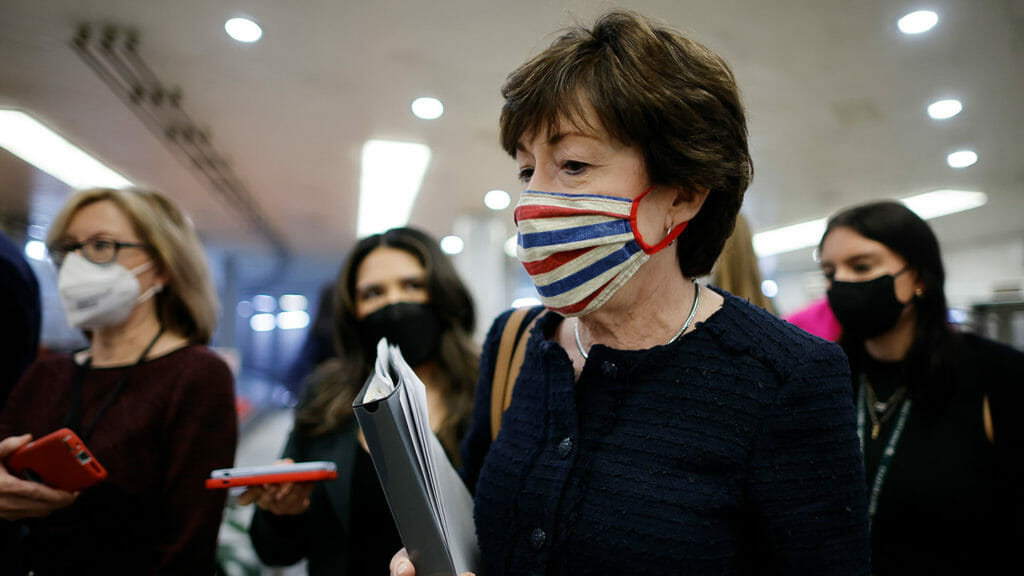
Skilled nursing facilities that have received payments through the Provider Relief Fund would have until the end of the COVID-19 pandemic to report how they used the emergency aid under a new proposal.
The legislation, dubbed the Provider Relief Fund Improvement Act, was introduced Thursday by Sens. Susan Collins (R-ME) and Jeanne Shaheen (D-NH). It aims to strengthen support for providers by delaying “complex PRF reporting requirements” until after the public health crisis, the senators said. The current reporting period is open through March 31.
In addition to extending the current reporting and use-of-funds deadlines until the end of the pandemic, it would ensure that workplace safety improvements are an allowed use of PRF dollars.
It also would direct the Health Resources and Services Administration to distribute any funds remaining in the PRF by either the end of the pandemic or March 31, whichever comes first, and create an application process for certain providers to receive funds returned in compliance with previous deadlines.
PRF: Use-of-funds
The bill would serve as “a great help” to long-term care providers by allowing the reporting of qualifying expenditures and lost revenues over the entire course of the pandemic, according to Mark Reagan, the managing shareholder of Hooper, Lundy & Bookman, P.C.
The proposal would alleviate the problem of having to meet the “artificial deadlines” established by HRSA for reporting, as well as the use-of-funds and the inevitable inequities that follow, he said.
“This is particularly the case for SNFs, which received significant general and targeted distributions early on in the pandemic but have continued to sustain greater expenditures and losses beyond the deadlines established by HRSA,” Reagan told McKnight’s Long-Term Care News Friday.
“No one could have predicted the twists and turns of the pandemic and limiting the reporting and ‘use-of-funds’ to particular timeframes to the sequence of distributions does not fairly reflect the realities of the increased expenditures and lost revenues experienced over the pandemic’s course,” he added.
Reagan added that expanding the uses of resources to reflect workplace safety measures would “make clear that the monies provided through the fund are intended to address many of the challenges of the pandemic that impacted the safety of long-term care workers and residents.”
Correcting the PRF
The proposal is a “commonsense correction to the various deadlines to use and report on the use of PRF payments received,” said Brian Lee, a healthcare attorney and partner at Alston & Bird.
“By tying the deadlines to the end of the COVID-19 public health emergency, providers will have more stability and certainty without the potential threat of recoupment based on when a prior PRF payment was received,” he told McKnight’s.
Nursing and other long-term care providers that received prior PRF payments will have more time to assess their overall expenses and lost revenues in relation to the totality of PRF payments received and the impact of the entire pandemic, he explained.
If enacted, this legislation would essentially “hit the reset button, and provide additional flexibility and breathing room for all PRF recipients to take a step back and assess COVID-related expenses and losses at a big picture level.”
“This change would also give HRSA needed time to think through certain open questions related to the use of and reporting on PRF dollars,” Lee explained. “For example, HRSA would have more time to assess and review alternate lost revenue methodologies and work with providers on an acceptable approach in advance of reporting on the payments received.”





